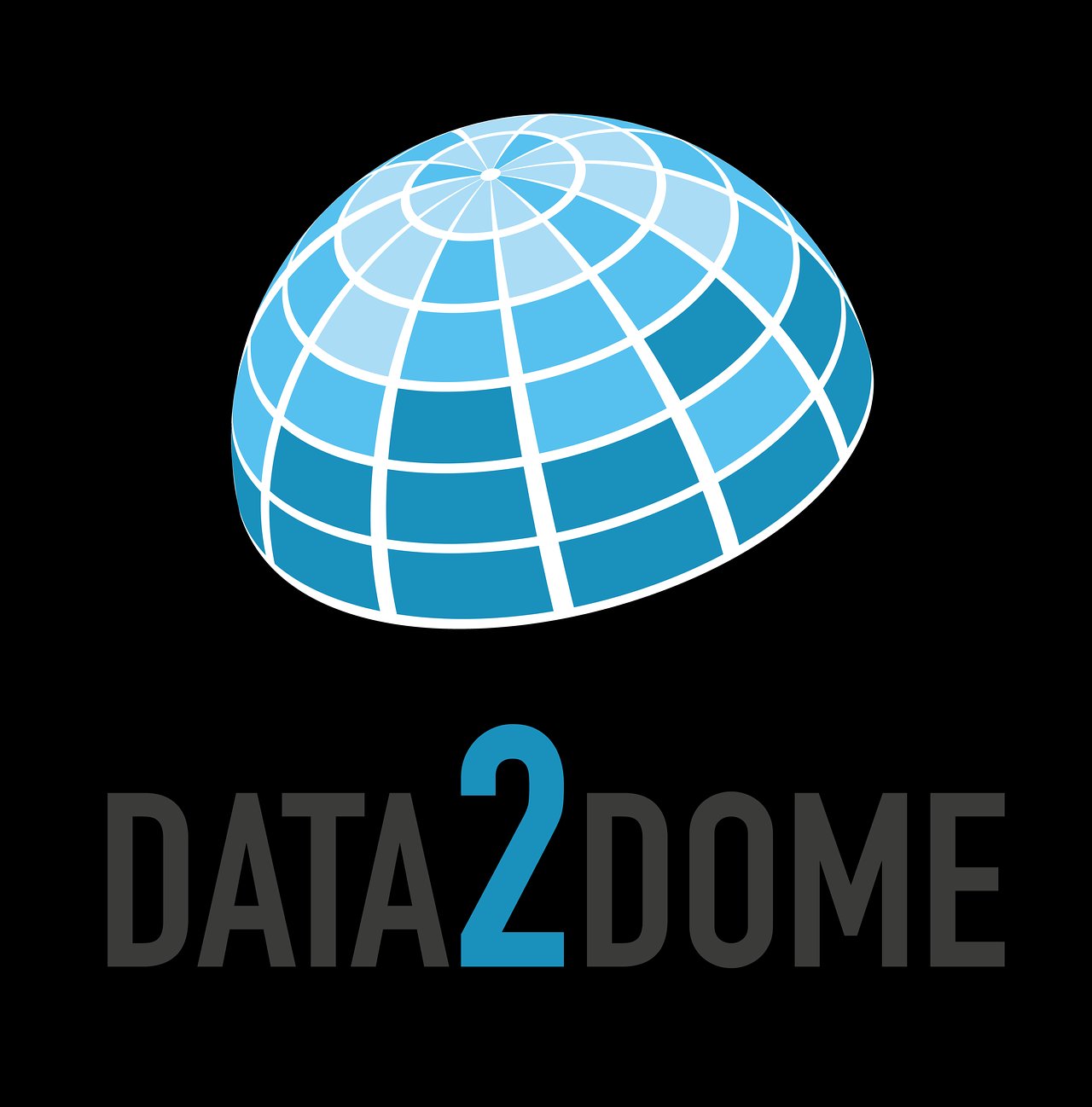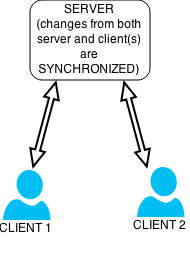|
SyncML
SyncML, or Synchronization Markup Language, was originally developed as a platform-independent standard for information synchronization. Established by the SyncML Initiative, this project has evolved to become a key component in data synchronization and device management. The project is currently referred to as ''Open Mobile Alliance Data Synchronization and Device Management''. The purpose of SyncML is to offer an open standard as a replacement for existing data synchronization solutions; which have mostly been somewhat vendor, application, or operating system specific. SyncML 1.0 specification was released on December 17, 2000, and 1.1 on February 26, 2002. A SyncML message is a well-formed XML document that adheres to the document type definition (DTD), but which does not require validation. Internals SyncML works by exchanging commands, which can be requests and responses. As an example: * the mobile phone sends an Alert command for signaling the wish to begin a refres ... [...More Info...] [...Related Items...] OR: [Wikipedia] [Google] [Baidu] |
The SyncML Initiative
The SyncML Initiative, Ltd. was a non-profit corporation formed by a group of companies who co-operated to produce an open standard for data synchronization and device management. Prior to SyncML, data synchronization and device management had been based on a set of different, proprietary protocols, each functioning only with a limited number of devices, systems and data types. The SyncML Initiative, Ltd. consolidated into the Open Mobile Alliance (OMA) in 2002, contributing their technical work to the OMA technical Working Groups: Device Management Working Group and Data Synchronization Working Group. The SyncML legacy specifications were converted to the OMA format with the 1.2.2 versions of OMA SyncML, OMA Data Synchronization and OMA Device Management OMA Device Management is a device management protocol specified by the Open Mobile Alliance (OMA) Device Management (DM) Working Group and the Data Synchronization (DS) Working Group. The current approved specification of OMA D ... [...More Info...] [...Related Items...] OR: [Wikipedia] [Google] [Baidu] |
Open Mobile Alliance
OMA SpecWorks, previously the Open Mobile Alliance (OMA), is a standards organization which develops open, international technical standards for the mobile phone industry. It is a nonprofit Non-governmental organization (NGO), not a formal government-sponsored standards organization as is the International Telecommunication Union (ITU): a forum for industry stakeholders to agree on common specifications for products and services. History The OMA was created in June 2002 as an answer to the proliferation of industry forums each dealing with a few application protocols: WAP Forum (focused on browsing and device provisioning protocols), the Wireless Village (focused on instant messaging and presence), The SyncML Initiative (focused on data synchronization), the Location Interoperability Forum, the Mobile Games Interoperability Forum, and the Mobile Wireless Internet Forum. Each of these forums had its bylaws, its decision-taking procedures, its release schedules, and in some inst ... [...More Info...] [...Related Items...] OR: [Wikipedia] [Google] [Baidu] |
Open Standard
An open standard is a standard that is openly accessible and usable by anyone. It is also a common prerequisite that open standards use an open license that provides for extensibility. Typically, anybody can participate in their development due to their inherently open nature. There is no single definition, and interpretations vary with usage. Examples of open standards include the GSM, 4G, and 5G standards that allow most modern mobile phones to work world-wide. Definitions The terms ''open'' and ''standard'' have a wide range of meanings associated with their usage. There are a number of definitions of open standards which emphasize different aspects of openness, including the openness of the resulting specification, the openness of the drafting process, and the ownership of rights in the standard. The term "standard" is sometimes restricted to technologies approved by formalized committees that are open to participation by all interested parties and operate on a consensus basis ... [...More Info...] [...Related Items...] OR: [Wikipedia] [Google] [Baidu] |
EGroupWare
EGroupware is free open-source groupware collaboration software intended for businesses from small to enterprise. Its primary functions allow users to manage contacts, appointments, projects and to-do lists. The project releases its software under the terms of GNU General Public License (GPL). It is used either via its native web-interface, making access platform-independent, or by using different supported groupware clients, such as Kontact, Novell Evolution, or Microsoft Outlook. It can also be used by mobile phone or PDA via SyncML. It has translations for more than 25 languages, including right-to-left language support. History EGroupware is the most current manifestation of a chain of projects. The original project was called webdistro. In 2000 development on the project phpgroupware began, which was based on webdistro; and in 2003 the EGroupware fork was born. EGroupware has a very pronounced community character compared with its predecessors. There is an EGroup ... [...More Info...] [...Related Items...] OR: [Wikipedia] [Google] [Baidu] |
Symbian
Symbian is a discontinued mobile operating system (OS) and computing platform designed for smartphones. It was originally developed as a proprietary software OS for personal digital assistants in 1998 by the Symbian Ltd. consortium. Symbian OS is a descendant of Psion's EPOC, and was released exclusively on ARM processors, although an unreleased x86 port existed. Symbian was used by many major mobile phone brands, like Samsung, Motorola, Sony Ericsson, and above all by Nokia. It was also prevalent in Japan by brands including Fujitsu, Sharp and Mitsubishi. As a pioneer that established the smartphone industry, it was the most popular smartphone OS on a worldwide average until the end of 2010, at a time when smartphones were in limited use, when it was overtaken by iOS and Android. It was notably less popular in North America. The Symbian OS platform is formed of two components: one being the microkernel-based operating system with its associated libraries, and the othe ... [...More Info...] [...Related Items...] OR: [Wikipedia] [Google] [Baidu] |
Data Synchronization
Data synchronization is the process of establishing consistency between source and target data stores, and the continuous harmonization of the data over time. It is fundamental to a wide variety of applications, including file synchronization and mobile device synchronization. Data synchronization can also be useful in encryption for synchronizing public key servers. Data synchronization is needed to update and keep multiple copies of a set of data coherent with one another or to maintain data integrity, Figure 3. For example, database replication is used to keep multiple copies of data synchronized with database servers that store data in different locations. Examples Examples include: * File synchronization, such as syncing a hand-held MP3 player to a desktop computer; * Cluster file systems, which are file systems that maintain data or indexes in a coherent fashion across a whole computing cluster; * Cache coherency, maintaining multiple copies of data in sync across ... [...More Info...] [...Related Items...] OR: [Wikipedia] [Google] [Baidu] |
Nokia
Nokia Corporation is a Finnish multinational corporation, multinational telecommunications industry, telecommunications, technology company, information technology, and consumer electronics corporation, originally established as a pulp mill in 1865. Nokia's main headquarters are in Espoo, Finland, in the Helsinki metropolitan area, but the company's actual roots are in the Tampere region of Pirkanmaa.HS: Nokian juuret ovat Tammerkosken rannalla (in Finnish) In 2020, Nokia employed approximately 92,000 people across over 100 countries, did business in more than 130 countries, and reported annual revenues of around €23 billion. Nokia is a public limited company listed on the Nasdaq Helsinki and New York Stock Exchange. It was the world's 415th-largest company ... [...More Info...] [...Related Items...] OR: [Wikipedia] [Google] [Baidu] |
Palm OS
Palm OS (also known as Garnet OS) is a discontinued mobile operating system initially developed by Palm, Inc., for personal digital assistants (PDAs) in 1996. Palm OS was designed for ease of use with a touchscreen-based graphical user interface. It was provided with a suite of basic applications for Personal information manager, personal information management. Later versions of the OS were extended to support smartphones. The software appeared on the company's line of Palm (PDA), Palm devices while several other licensees List of Palm OS devices, have manufactured devices powered by Palm OS. Following Palm's purchase of the Palm trademark, the operating system was renamed ''Garnet OS''. In 2007, Access Co., ACCESS introduced the successor to Garnet OS, called Access Linux Platform; additionally, in 2009, the main licensee of Palm OS, Palm, Inc., switched from Palm OS to webOS for their forthcoming devices. Creator and ownership Palm OS was originally developed under the directi ... [...More Info...] [...Related Items...] OR: [Wikipedia] [Google] [Baidu] |
Windows Mobile
Windows Mobile is a discontinued mobile operating system developed by Microsoft for smartphones and personal digital assistants (PDA). Designed to be the portable equivalent of the Windows desktop OS in the emerging Mobile device, mobile/portable area, the operating system is built on top of Windows CE (later known as Windows Embedded Compact) and was originally released as Pocket PC 2000. Microsoft introduced the Pocket PC keyboard-less PDAs in 2000, with Pocket PC 2000 being the software. It was based on version 3.0 of Windows CE, the operating system originally developed for the Handheld PC in 1996. The next versions were Pocket PC 2002 and Smartphone 2002, the latter of which would power a new category of keypad-based cell phone devices named Smartphone. With the release of Windows Mobile 2003, the software was rebranded to a single "Windows Mobile" for both Pocket PCs and Smartphones, and to connect the brand with its desktop counterpart. Support for SuperH, SH-3 and MIPS ... [...More Info...] [...Related Items...] OR: [Wikipedia] [Google] [Baidu] |



